1. Exercises to impact the feet and ankles before walking
- Moving the big toe: When walking, the big toe is the last part to leave the ground when you step forward and there is a reflex from the toes to the gluteal muscles to help push the body forward. If the toes do not flex flexibly, the leg will rotate to one side and the entire force will not act on the gluteal muscles, making the gait skewed and unbalanced.
How to do:
- Place your big toe on a small ball like a yoga ball or tennis ball (you can also use a rolled towel, blanket, or folded yoga mat), but make sure the ball and your foot are flat on the ground.
- Hold that position for 30 seconds, then try to press your toes into the ball 10 times.
- Lower and raise your heels as if you were starting to walk, 10 to 15 times.
- Switch legs and repeat.
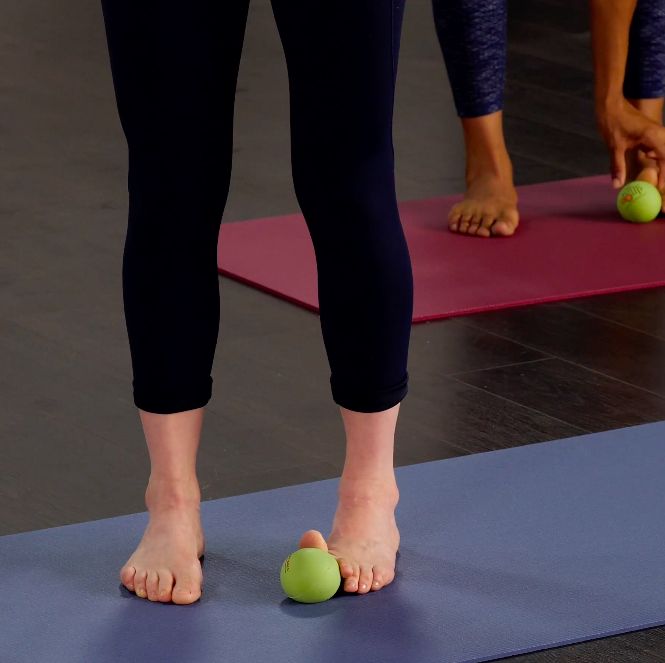
Move the big toe, improve flexibility when walking.
- Calf Stretches: The mobility and strength of your calf muscles set the stage for how other parts of your body, like your knees and hips, can move. Strong calves can help you take longer strides, have better balance, and have stronger ankles.
How to do:
- With a wall or chair nearby for balance, place half a foam roller (or a rolled yoga mat or towel) on the floor in front of you. Step onto the towel with bare feet; place the sole of your foot on the towel and keep your heel on the floor. This is your extended leg.
- Slowly straighten your extended leg. Keeping your body upright, step forward with the opposite leg. The tighter your extended leg is, the more difficult it will be to perform the step.
- Hold that small step for 30 to 60 seconds, then repeat on the other side.
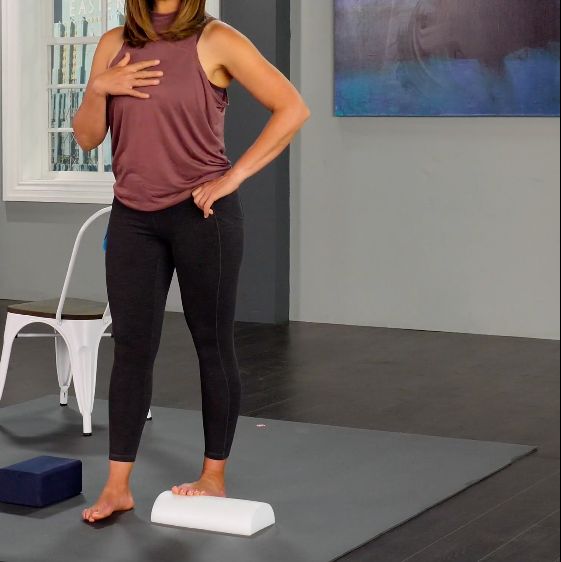
2. Knee warm-up exercises
- Warm up the quadriceps: The quadriceps play an important role in hip flexion and knee extension, so it is necessary to ensure that they have good elasticity so that the body can perform movements flexibly when walking.
How to do:
- Lie face down on the floor. Place a yoga ball or tennis ball under, just above, your knees. Breathe deeply.
- Begin slowly contracting and then relaxing your quadriceps (located just above your knees). Contract and relax 15 to 20 times.
- Then, roll backwards, moving the ball from your knees to the tops of your thighs. If you feel any tightness, stop and repeat the contraction and release. Roll this way for two to five minutes.
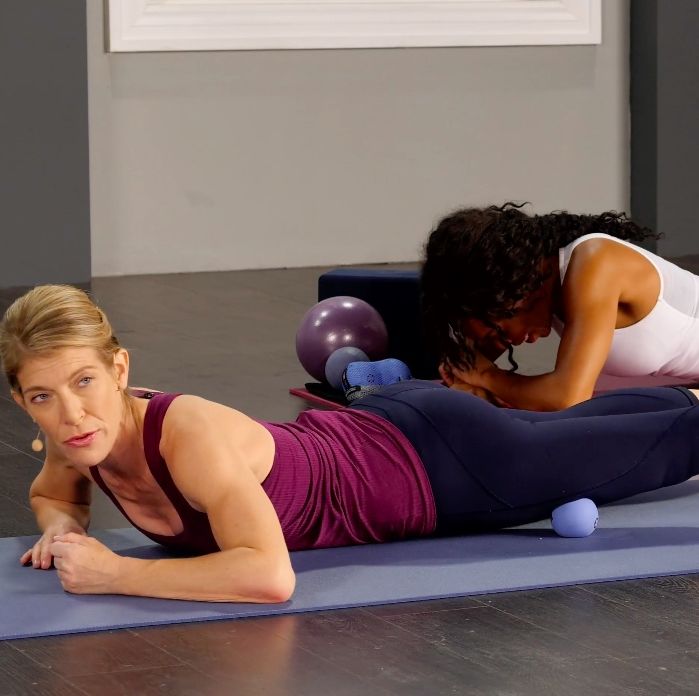
Quadriceps warm up exercise.
- Stair climbing: If you are used to walking on flat surfaces, you may feel a little sore or tired quickly when climbing stairs or going up hills. Therefore, you should do this exercise for your knees and muscles, helping to stretch and increase stability as well as improve recovery.
How to do:
- Prepare a tool that is the same height as a stair or average step, such as a yoga block, a thick book, or a small solid box. Place your right foot on this "step."
- Slowly step up until you are standing fully on your right leg with your left foot forward. Then slowly step your left foot down in front of the block, trying to plant your foot on the ground without lifting your heel off the block. Then pull that leg up and step down toward it. Keep your knee in line with your foot as you step up and down.
- Do this movement 10 to 20 times, then repeat on the other side.
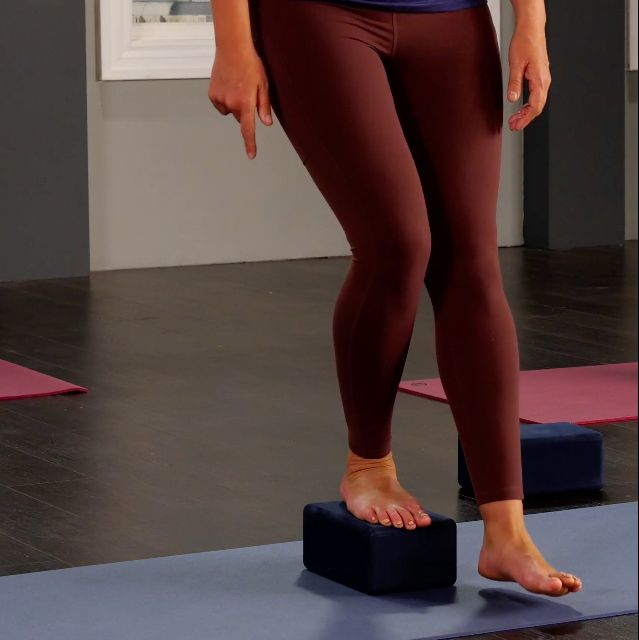
3. Hip stretching exercises while walking
- Warm up your hip muscles: When you walk, your hips generate force to move your body forward. Since your glutes are connected to your hip joint, targeting them can help improve your hip rotation and overall mobility.
How to do:
- Lie on your back on the ground. Place a pair of therapy, yoga, or tennis balls under the outside of your hips.
- Roll the ball from the outer hip toward the tailbone.
- Do this for two to three minutes, then switch sides.

Hip warm up exercise.
- Pelvic warm-up: The pelvis is fixed to the vertebrae by the hip joints on each side. When performing this movement, the purpose is to help you walk more effectively.
How to do:
- You can use a chair or wall to help you balance, standing straight with your right foot on a yoga block, thick book, or small box.
- Keeping both legs straight (without bending the knee), lower your left leg toward the floor to stretch the muscles on the outside of your right hip. Then push through your right leg to lift your left foot off the floor.
- Repeat this lifting and lowering motion several times, then repeat on the opposite side.
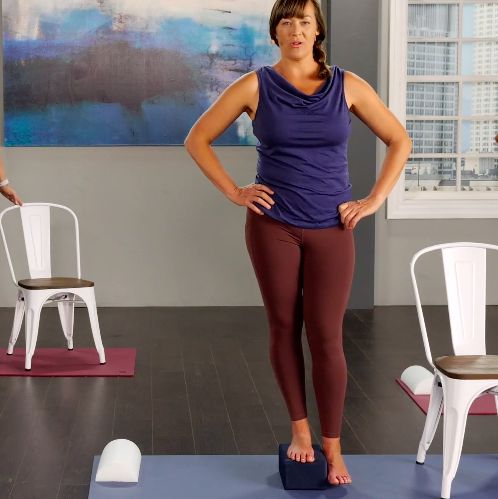
4. Exercises to help increase upper body flexibility while walking
- Lumbar Stretches: Keeping your lower back flexible will help you move better.
How to do:
- Lie on your left side. Place a thick pillow or rolled blanket under your waist.
- Breathe slowly and focus on the ball for 10 deep breaths. Then, move slowly, rolling your body forward and backward.
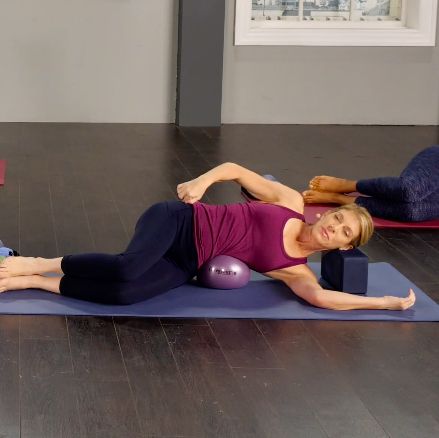
How to do lumbar stretches.
- Back stretch: This move helps your entire back to stretch a lot.
How to do:
- Lie on your back. Reach your arms over your head until your hands touch the floor above your head.
- Walk your arms and legs in the same direction so that your body forms a crescent shape. Keeping your pelvis and rib cage flat on the ground (without twisting), stretch your intercostal muscles.
- Hold for 30 to 60 seconds, then repeat on the other side.
Source: https://giadinh.suckhoedoisong.vn/dong-tac-gian-co-tot-nhat-truoc-khi-di-bo-172240717161608239.htm


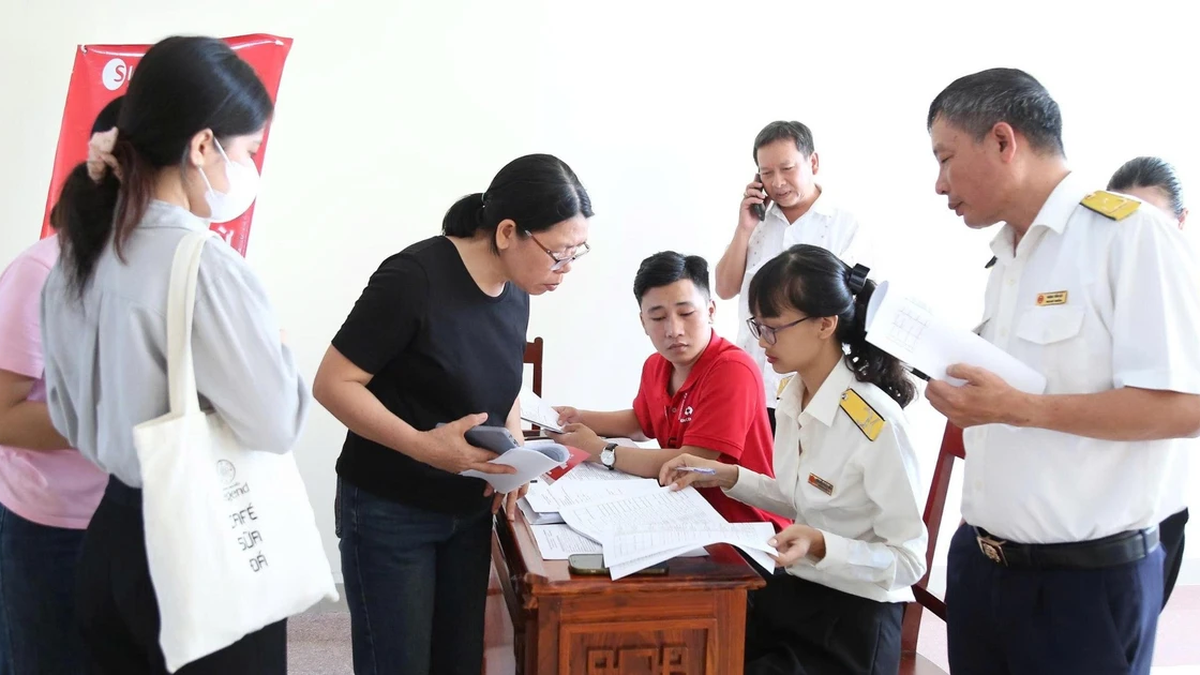




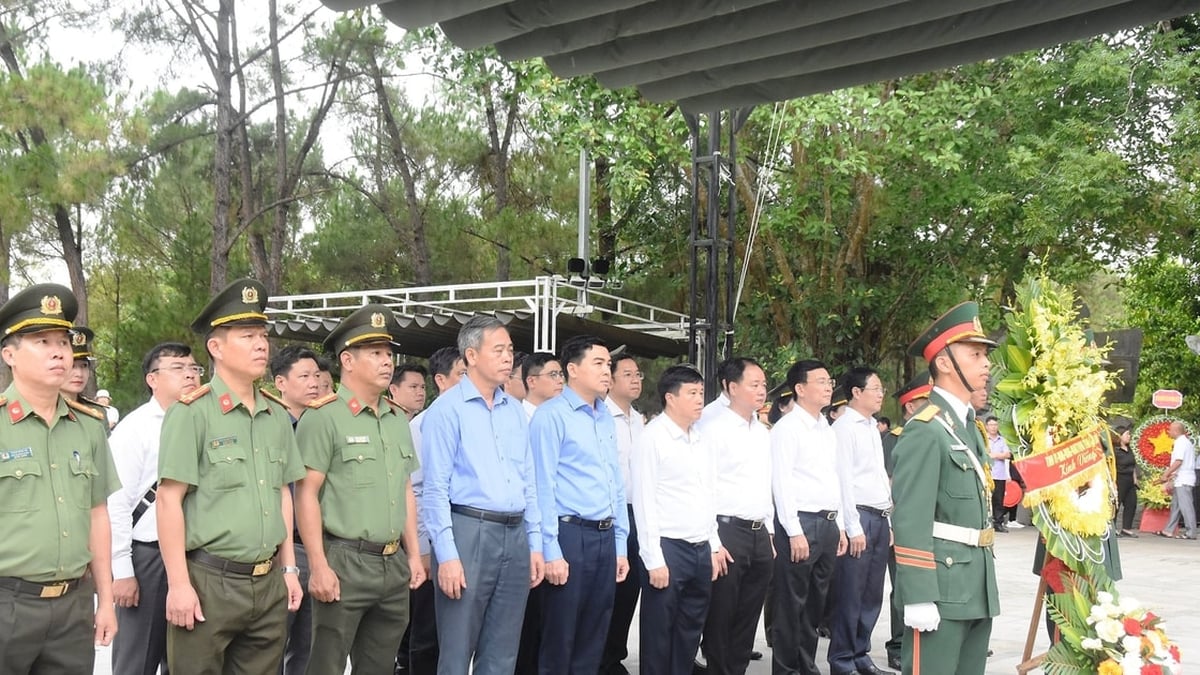
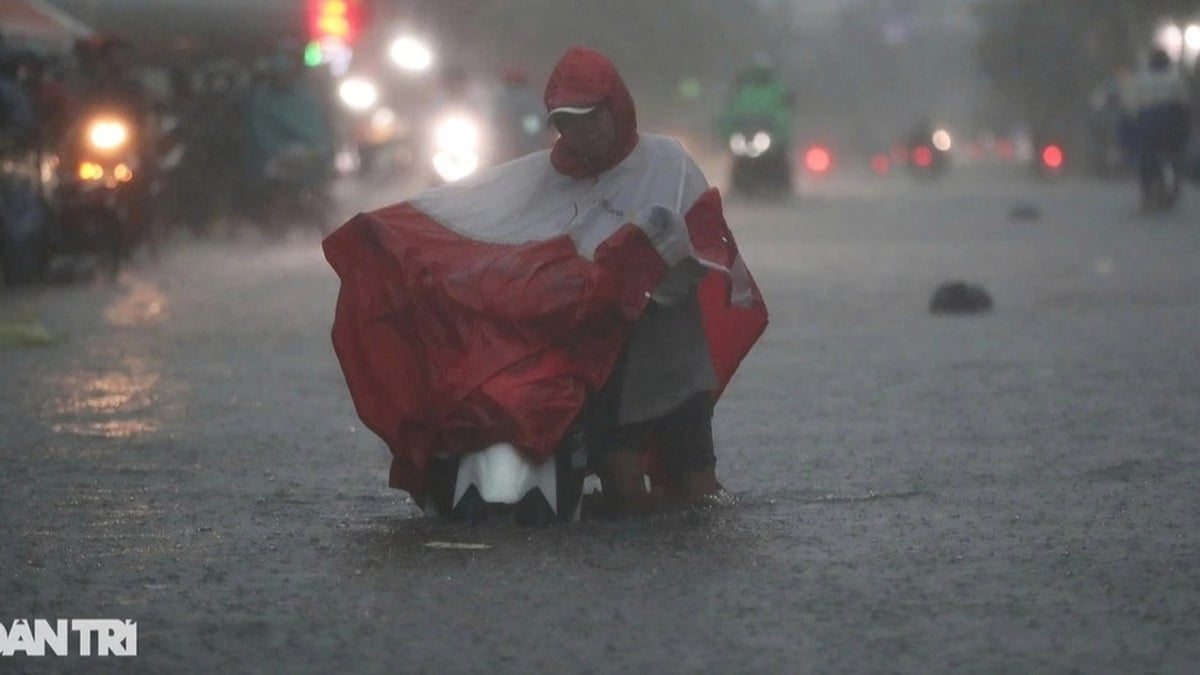
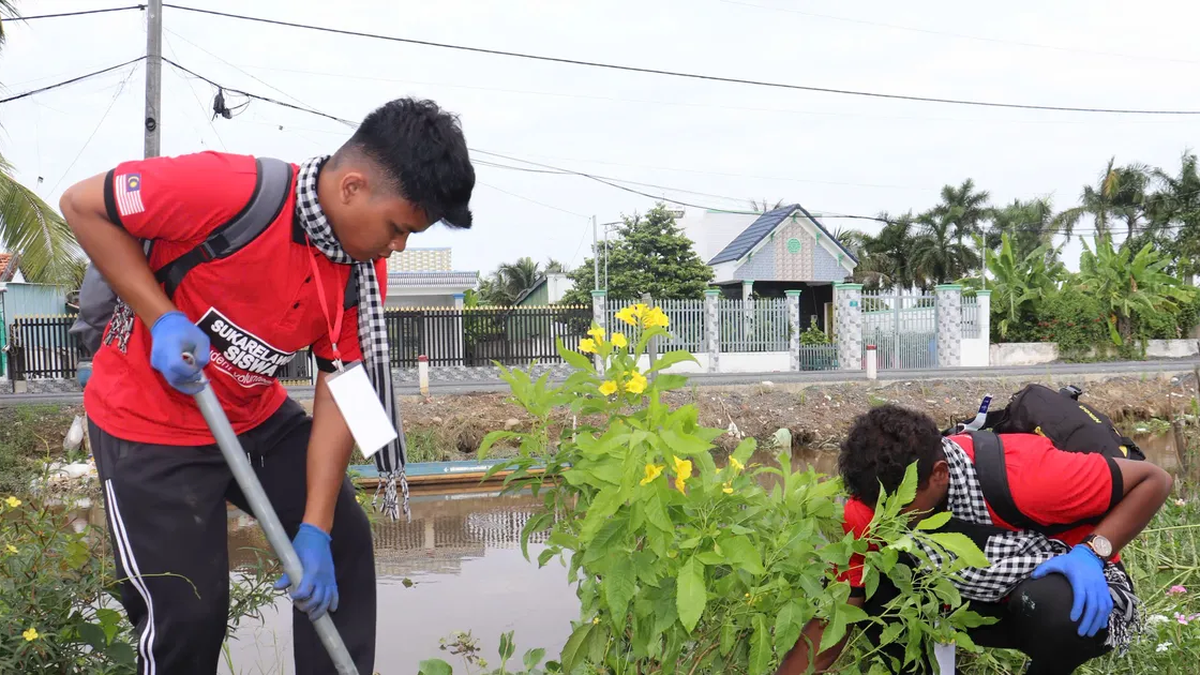
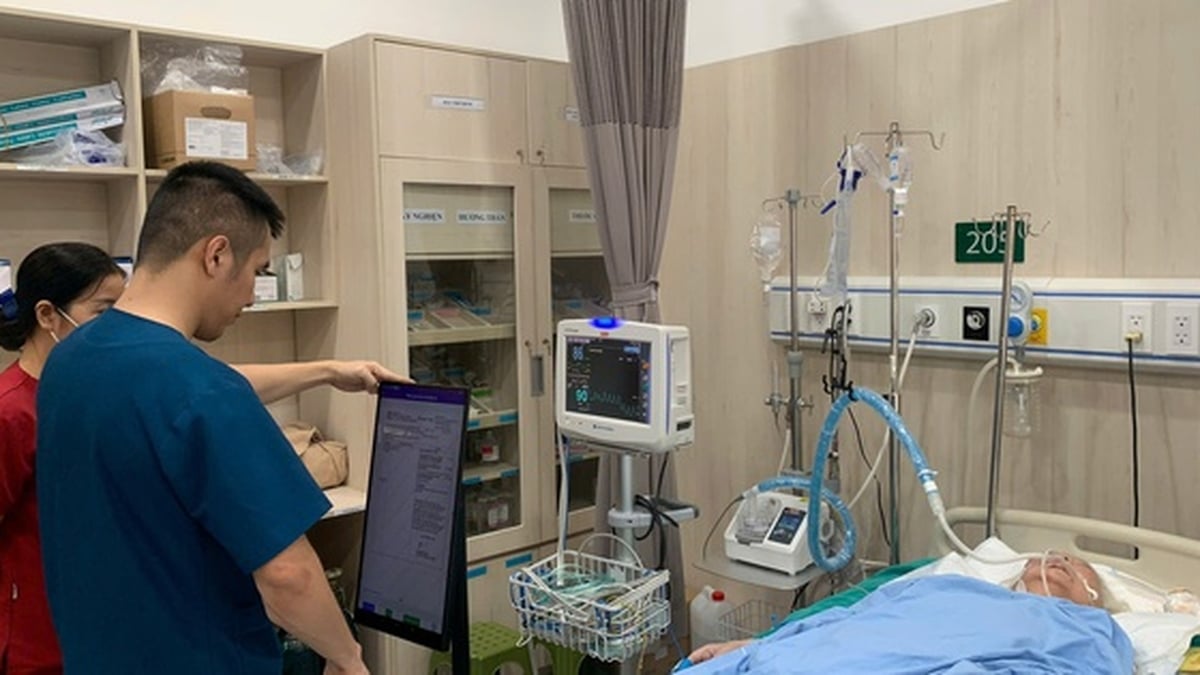
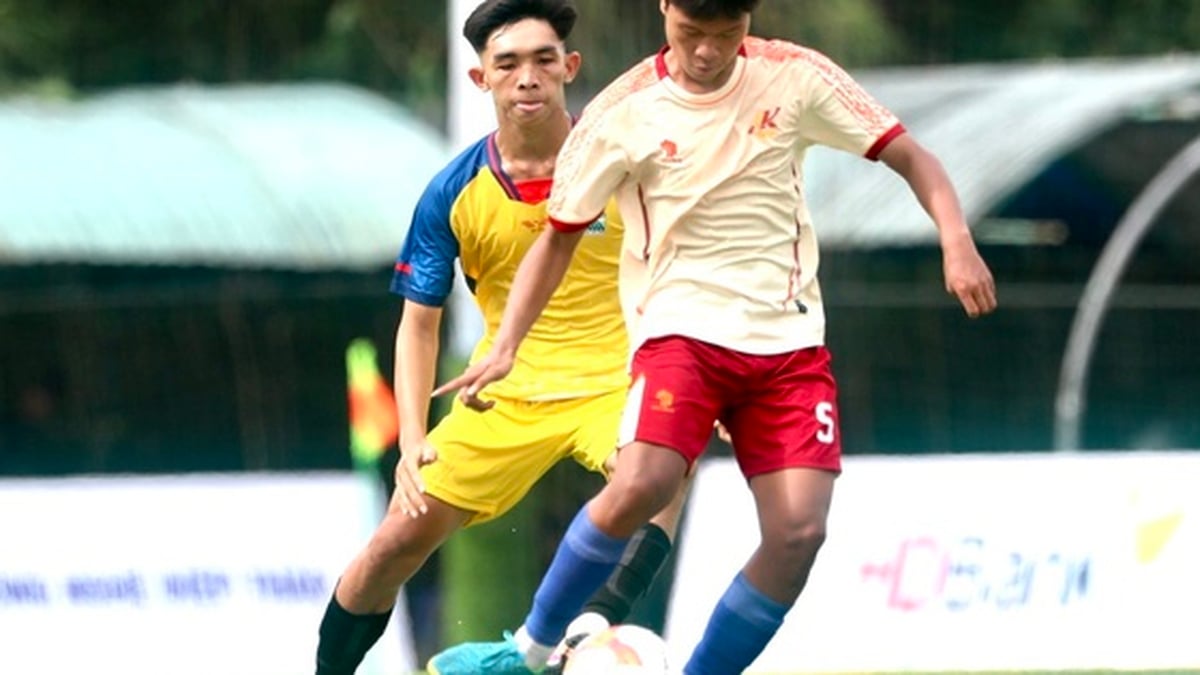















![[Photo] National Assembly Chairman Tran Thanh Man visits Vietnamese Heroic Mother Ta Thi Tran](https://vphoto.vietnam.vn/thumb/1200x675/vietnam/resource/IMAGE/2025/7/20/765c0bd057dd44ad83ab89fe0255b783)








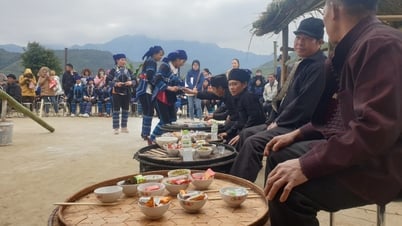
























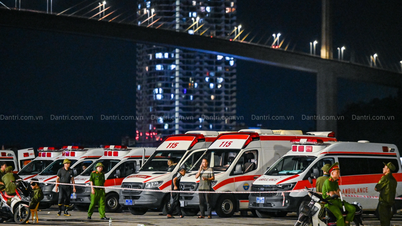
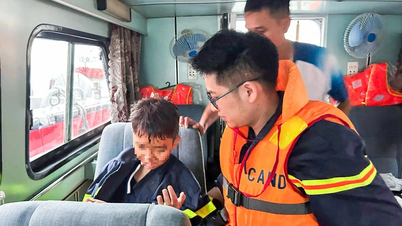









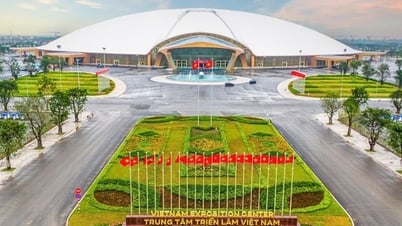



























Comment (0)